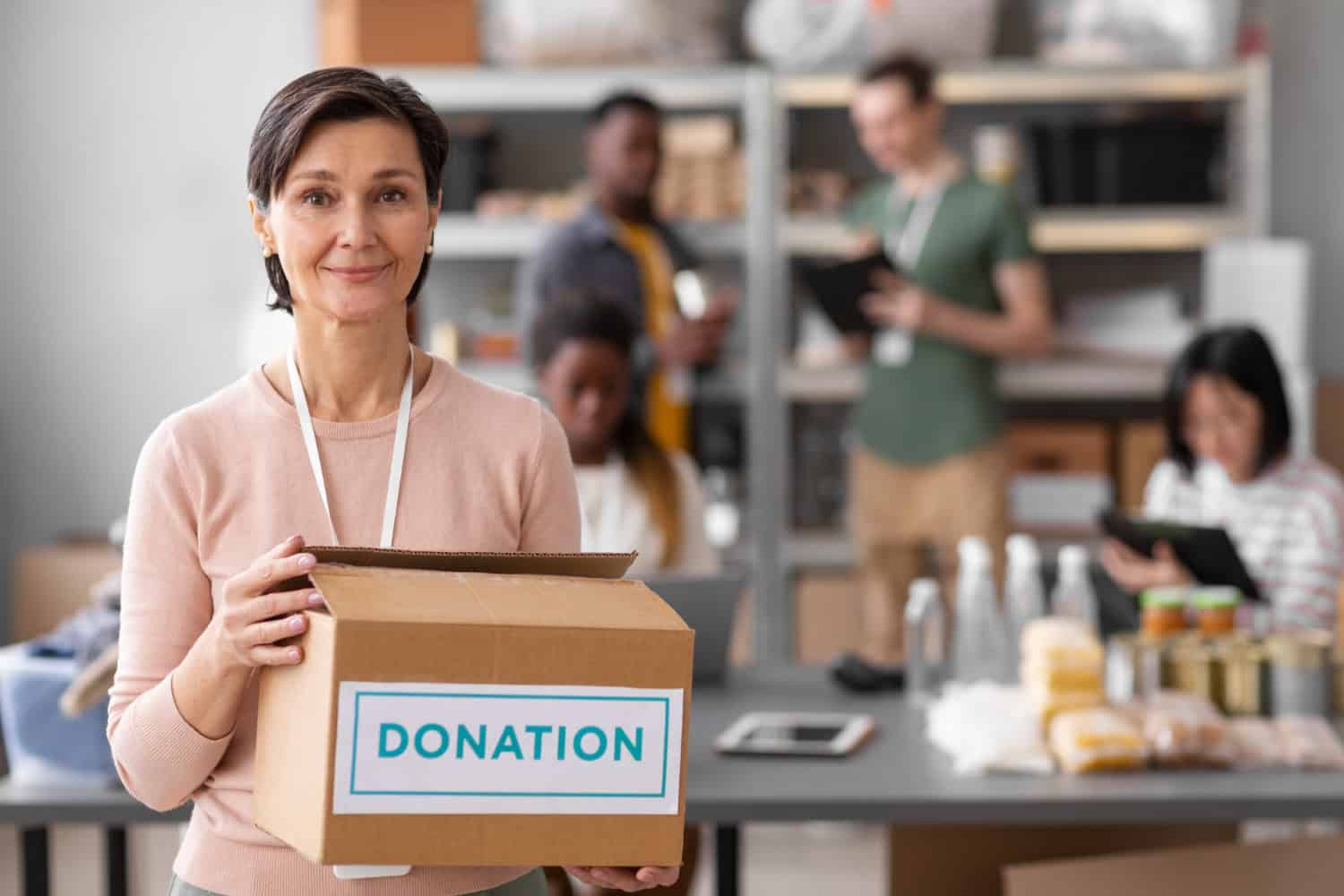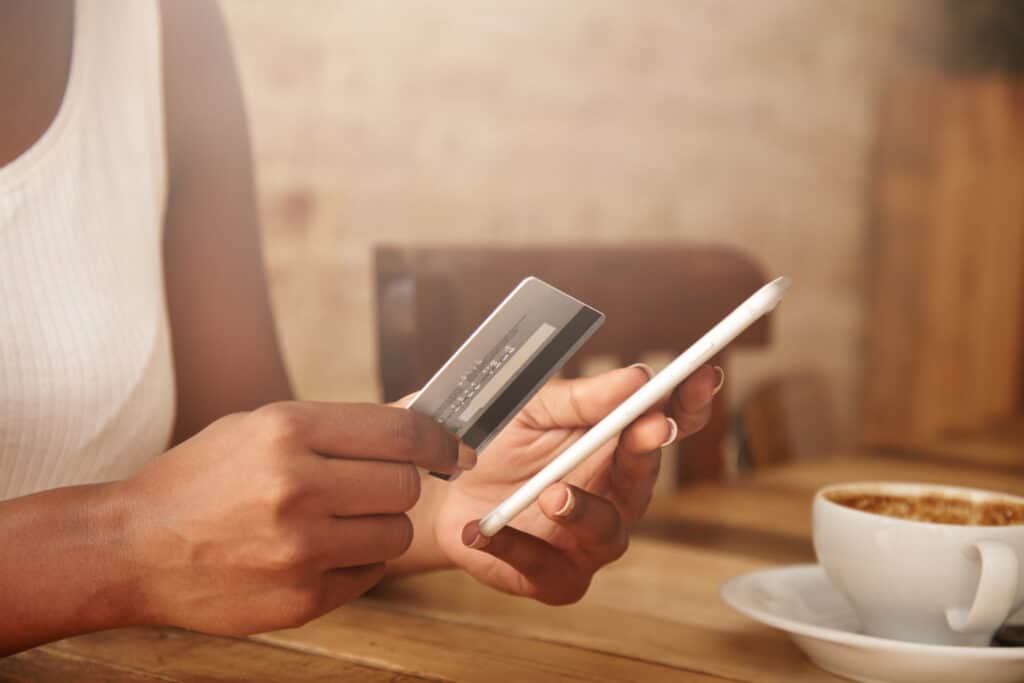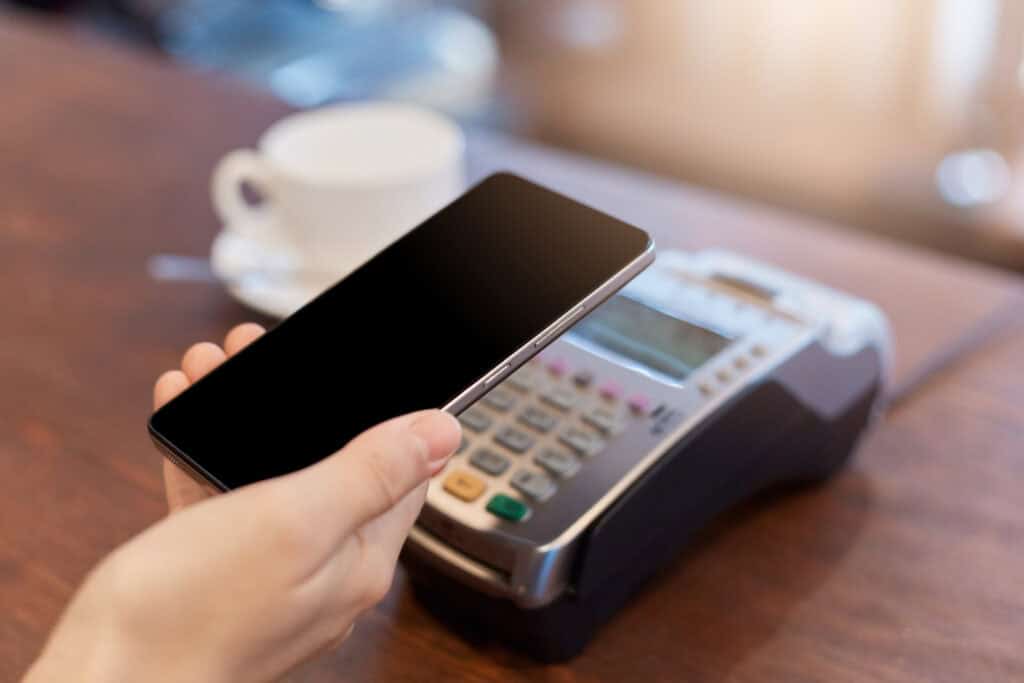
By Zackary Rhodes July 9, 2025
In fundraising, most of the focus goes into getting the donation. Organizations spend a lot of time crafting campaigns, sending emails, building landing pages and managing social media outreach. But what happens immediately after the donation is made? That critical moment, the post-donation experience, can either deepen a donor’s commitment or make them feel like just another transaction.
A thank-you page is more than a polite gesture. It’s a powerful opportunity to reinforce emotional connection, express genuine gratitude and inspire repeat giving. Done well, it can build long-term loyalty and turn one-time donors into lifetime supporters.
Why the Post-Donation Experience Matters
After a donor clicks the “submit” button, they are still emotionally invested. That moment of generosity is often driven by empathy or a deep connection to a cause. A dry, transactional thank-you message can kill that energy. But a meaningful expression of gratitude can sustain it and even amplify it.
The Psychological Momentum
Donors want to feel good about their decision. An emotionally engaging thank-you page affirms their action and makes them feel valued. When the experience feels personal, uplifting and affirming, donors are more likely to give again.
First Impressions After Action
While your fundraising campaign gets them to donate, your thank-you page sets the tone for what kind of relationship they can expect going forward. If it shows thoughtfulness and care, it sets the expectation for continued engagement rooted in sincerity.

Core Elements of Donor Thank-You Strategies
To turn a thank-you page into a tool for relationship-building, it must go beyond formality. Gratitude in fundraising must feel personal and emotional.
Personalization Matters
Using the donor’s name and referencing the specific campaign or donation amount can help. These small details signal that the donation is being acknowledged as more than just a number.
Visual and Emotional Appeal
Include images or short videos that show the real-world impact of donations. Faces of those helped, quick thank-you videos from staff or volunteers or visuals of the work being done add human connection to your message.
Highlight the Impact
One of the most effective donor thank-you strategies is showing exactly what the donation enables. If a $50 gift helps provide meals for 10 families, say that clearly. The donor should walk away knowing their contribution made a difference.
The Structure of a High-Converting Thank-You Page
While every organization will have its own style, certain structural components support a stronger post-donation experience. These components aim to express gratitude while inviting the donor to remain connected.
Start with Genuine Gratitude
The headline should include a warm, authentic thank-you. Keep it human and expressive. Avoid vague or robotic phrases. You want the donor to feel appreciated immediately.
Tell a Short Story
Include a brief narrative that illustrates your mission. Stories make causes feel tangible and real. A paragraph about someone helped by the organization can powerfully convey the donor’s impact.
Offer the Next Step
Guide the donor toward a logical next action. This could be signing up for a newsletter, following your organization on social media, or even watching a behind-the-scenes video.
Timing and Emotional Relevance
The thank-you page must meet donors in the emotional window right after giving. The energy is still high, and their minds are still with your cause. Use that moment to deepen their connection.
Acknowledge Their Generosity
Say clearly that their decision to give was important. People want to know their values align with the organizations they support. Tell them that their kindness matters.
Keep the Tone Warm and Inclusive
Avoid sounding corporate or overly formal. Gratitude in fundraising is most effective when it feels like it’s coming from real people.
Examples of Thank-You Messages That Work
Several nonprofits have mastered the art of emotionally intelligent thank-you messaging. These examples show different ways to express appreciation while reinforcing mission impact.
Example 1: Specific and Visual
“Thank you, Jasmine. Because of your $25 gift, a child in Kenya will receive clean water for a month. Here’s how your gift helps.”
Example 2: Video Gratitude
A short 30-second clip of staff members waving and saying thank-you with a message overlay: “You make our work possible.”
Example 3: Story Snapshot
“You helped Sarah today. She came to our shelter with nothing. Now, she has a safe place to sleep and hope for a new start.”
Using Technology to Automate Emotion
Many modern donation platforms allow for dynamic thank-you pages, where personalization and media can be automated. Use these tools to make the experience seamless but emotionally rich.
Smart Integration with CRMs
By syncing your donation platform with your CRM, you can automatically pull donor names, gift amounts, and campaign data into your thank-you messaging. This level of personalization improves donor satisfaction.
Embed Media Without Slowing Load Times
Use lightweight video embeds or optimized image files to make your page visually appealing without delays. A fast, mobile-friendly thank-you page keeps the experience smooth.
Creating a Thank-You Page Template
A good template balances emotion, clarity, and direction. Here is a framework to guide your thank-you page layout:
- Header: “Thank You, [Donor Name]!”
- Subtext: “Your gift of [$Amount] is already at work.”
- Body: Short paragraph on impact
- Image/Video: Real-life beneficiary or thank-you clip
- CTA: “Stay Involved,” “Follow Us,” or “See More Stories”
How Gratitude Encourages Repeat Giving
There is a proven link between acknowledgement and loyalty. When donors feel thanked they will give again. Especially when the thanks aligns with their values and emotional motivations.
Building an Emotional Loop
Donors give because they care. Thank you pages that show impact and appreciation validate their decision, creates a feedback loop that makes them want to stay engaged.
When Gratitude Becomes a Culture
If your organization is known for saying thank you, it becomes part of your brand. Supporters remember how you made them feel, not just what you said.
Gratitude Across Channels
A thank you page is just one touchpoint. Extend the post donation experience by aligning it with follow up emails, social media content and periodic updates.
Email Follow Ups
Send a follow up email within 24 hours that echoes the message on your thank you page. It can be a different story, a short thank you from your founder or a special donor badge.
Social Media Shout Outs
If donors opt in, consider giving anonymous public thanks on social media. People love being recognized and it can encourage others to give.
Updates on Their Gift
A week or two after their donation, send a quick update on how their gift is being used. This reinforces transparency and trust.

Customizing Thank-You Pages for Donor Segments
Tailor thank-you content to different types of donors. A first-time donor and a monthly recurring donor should not get the exact same message.
First-Time Donors
Focus on welcoming them into the community. Use inclusive language and offer helpful next steps like signing up for updates.
Major Donors
Use richer storytelling and provide details on the longer-term impact of their gift. Consider offering a follow-up call or personal letter.
Monthly Supporters
Emphasize ongoing partnership and include a message about how recurring gifts provide stability.
Final Thoughts
Your thank-you page is not the end of the donation journey; it is the beginning of a relationship. Donors want to feel seen, appreciated, and informed. A thoughtful, emotionally resonant thank-you message can turn a single donation into a lasting commitment. Make gratitude central to your donor communications. Not just because it’s polite, but because it strengthens your mission and builds a loyal community.
FAQs
What should be included in a thank-you page after a donation?
A thank-you page should include the donor’s name, a genuine message of appreciation, the impact of the gift, and a next step to stay involved.
How soon should a donor be thanked after giving?
Immediately. A thank-you page should load right after the transaction, and a follow-up email should be sent within 24 hours.
Can thank-you pages really increase repeat donations?
Yes. When donors feel appreciated and understand the impact of their gift, they are more likely to donate again in the future.
Should small and large donors receive different thank-you messages?
Ideally, yes. Tailoring your message to different donor levels shows thoughtfulness and increases the chance of building stronger relationships.